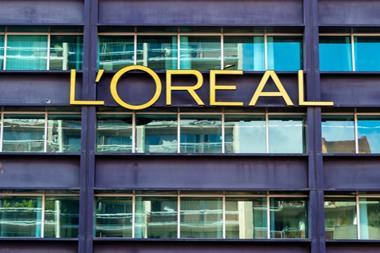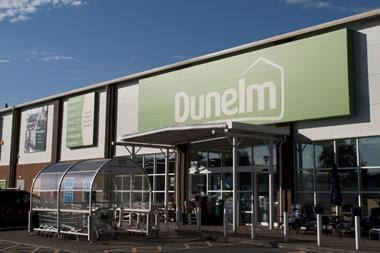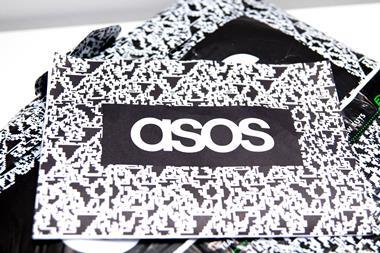This was driven by food price inflation, which rose 3.9 per cent. Non-food inflation slid 0.2 per cent, but is falling at a slower rate than in previous months.
The BRC-Nielsen Shop Price Index (SPI) revealed that food prices have been driven up by ambient goods. In the non-food sector, heavy discounting, which started in the run-up to Christmas to stimulate demand, has come to an end, slowing the rate of deflation.
However, overall shop price inflation in London has fallen again, slowing to 2.5 per cent in January, compared with the previous year. This is the third consecutive month in which inflation has fallen and, while still relatively high compared with the UK as a whole, it is at its lowest rate since last June.
The BRC’s new director-general, Stephen Robertson, said: “It’s striking that non-food prices have been lower than a year ago for the past 14 months. Talk of rocketing food prices is a wild exaggeration. Intense competition between food retailers continued to protect customers, as retailers absorbed much of the impact of rising costs themselves.
“While very little inflationary pressure came from the high street, households faced dramatic increases elsewhere in their domestic budgets. What needs to be done now to boost fragile consumer confidence is for the Bank of England to make a series of momentum-building rate cuts. This would avoid the need for Fed-style panic reductions later on.”
























No comments yet